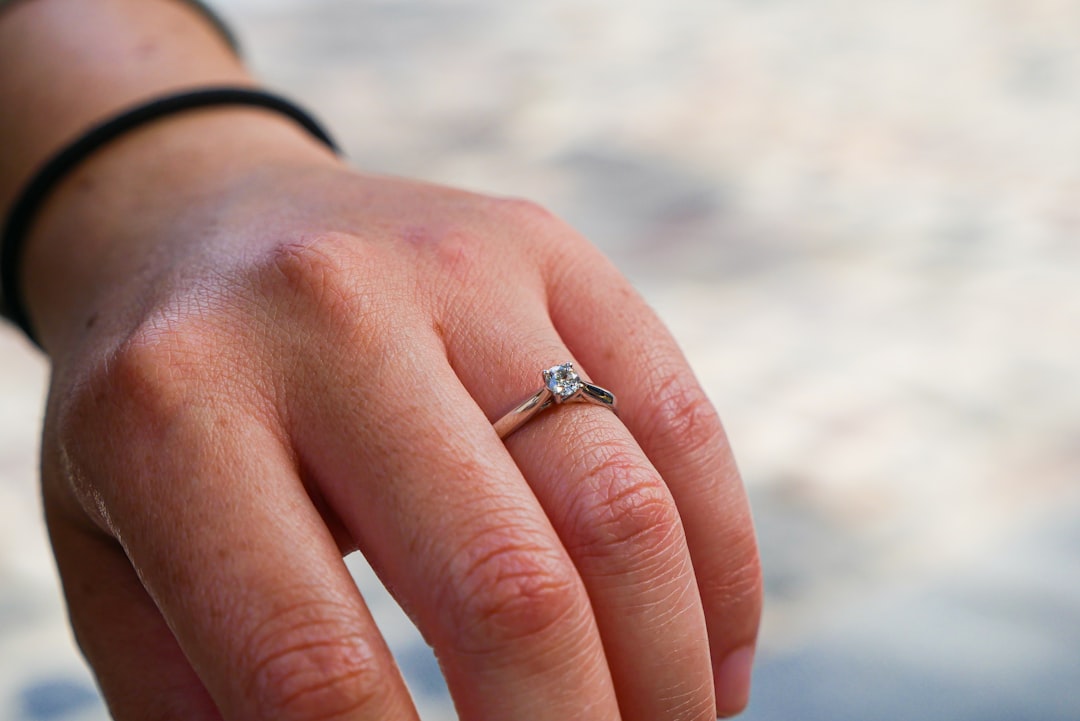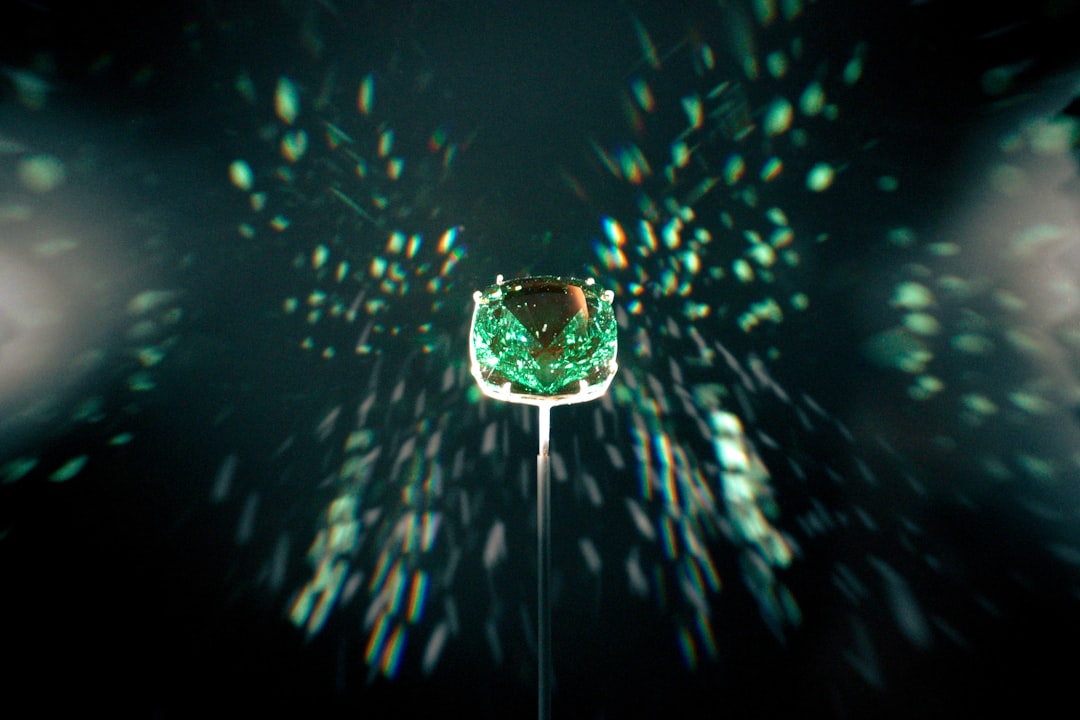Shine Bright: Navigating Diamond Purchases with Expert Guidance
Why Diamond Expert Advice Matters for Your Perfect Purchase
Diamond expert advice is essential for making a confident purchase that balances quality, beauty, and budget. Here's a quick overview of what matters most:
- Prioritize Cut Quality: Cut determines a diamond's brilliance and sparkle.
- Understand the 4Cs: Cut, Color, Clarity, and Carat Weight define a diamond's value and appearance.
- Get Certified: Only trust diamonds with GIA or AGS grading reports for accurate quality verification.
- Consider Eye-Clean: VS1-VS2 clarity grades offer excellent value, with flaws invisible to the naked eye.
- Buy Smart: Choosing stones just under "magic" carat weights (e.g., 0.9 vs. 1.0) saves money with no visible difference.
- Work with Experts: Professional guidance helps you avoid pitfalls and maximize your investment.
Shopping for a diamond is a significant investment, both financially and emotionally. The technical terms and grading scales can be confusing, but expert guidance makes all the difference. The 4Cs—Cut, Color, Clarity, and Carat Weight—are the foundation, but knowing how to balance them for your needs requires insight.
Today's buyers also care about ethical sourcing, natural vs. lab-grown diamonds, and getting the best value. Expert advice helps you steer these choices to find a diamond that sparkles brilliantly and fits your unique story.
As Morgan Price, I've spent years translating technical jargon into clear, actionable diamond expert advice. This guide combines insights from top gemological institutions and experienced jewelers to help you shine bright on your diamond buying journey.
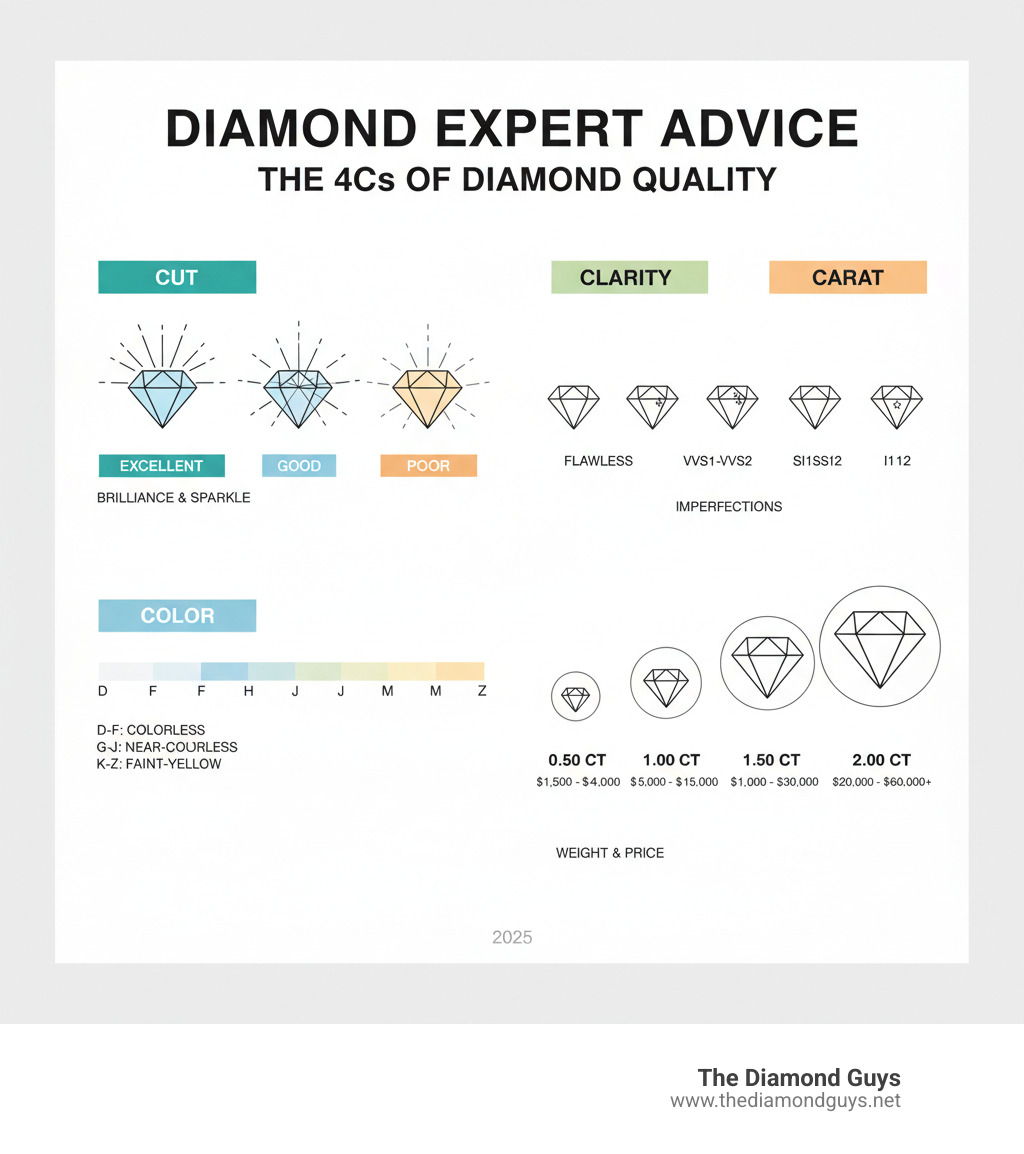
Mastering the Fundamentals: The 4Cs of Diamond Quality
Understanding the 4Cs—Cut, Color, Clarity, and Carat Weight—is your roadmap to making smart choices. These universal standards determine a diamond's quality and value. The art lies in knowing where to invest and where you can save without compromising on the beauty you'll cherish forever.
Cut: The Key to Brilliance and Sparkle
Cut is the most important factor for a diamond's beauty. It's not about shape (like round or princess), but how well a diamond's facets interact with light. A precise cut creates stunning visual effects: brilliance (white light reflection), fire (rainbow flashes), and scintillation (sparkle with movement).
The GIA (Gemological Institute of America) grades cut from Excellent to Poor, calling it "perhaps the most crucial of the 4Cs." A diamond with an Excellent cut will look brilliant, while a poorly cut stone appears dull, as light escapes through the bottom instead of returning to your eye.
Our most important piece of diamond expert advice: always prioritize cut quality. For round brilliant diamonds, aim for an "Excellent" or "Ideal" grade. A well-cut diamond commands a higher price per carat, but it's an investment in beauty that pays off every time you see it sparkle.
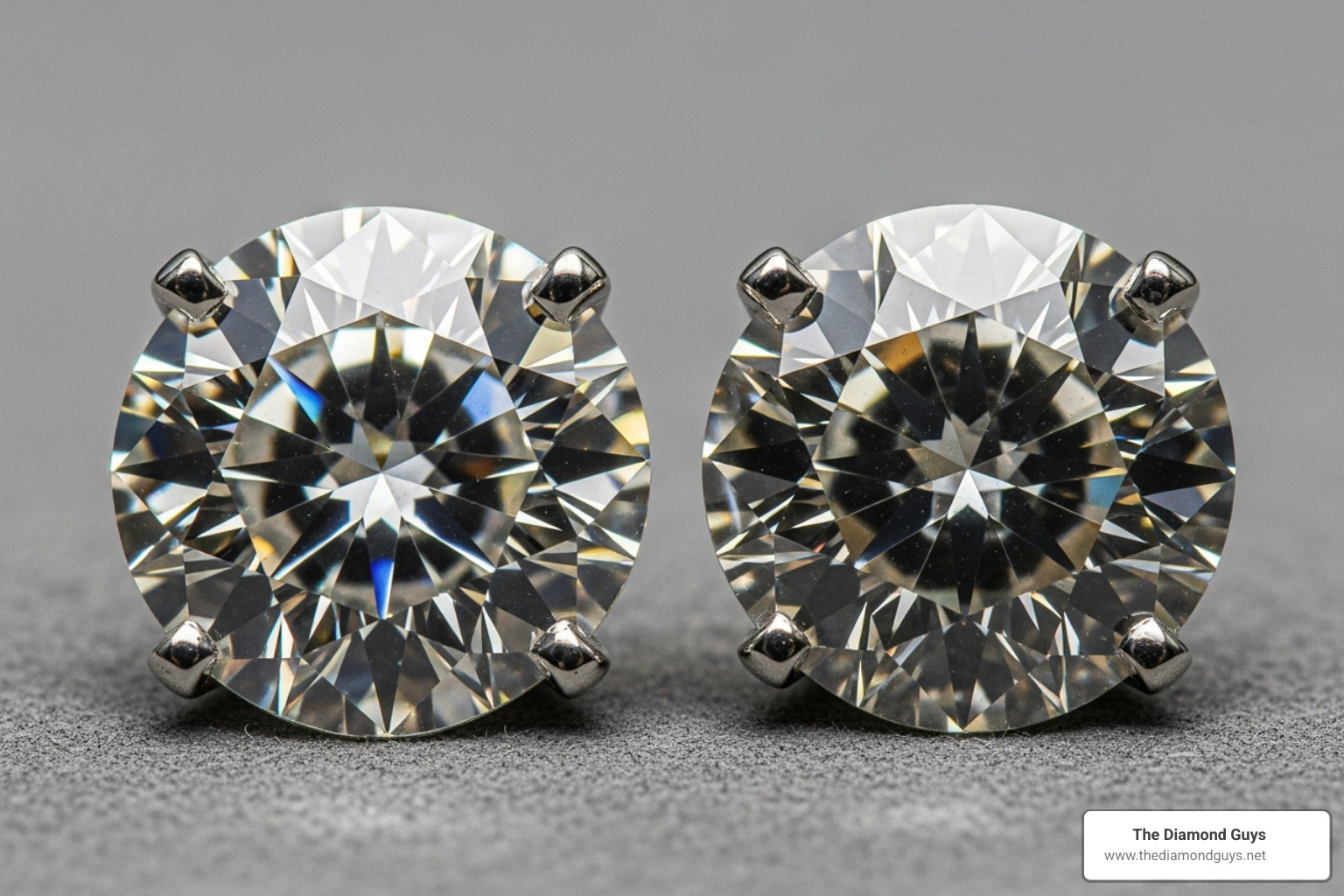
Color: Understanding the Absence of Color
For engagement rings, diamond color refers to the absence of color. The GIA color scale runs from D (colorless) to Z (light yellow/brown).
- D-F grades are colorless, the rarest and most valuable.
- G-J grades are near-colorless, with virtually no color visible to the naked eye.
Here's where diamond expert advice saves you money: diamonds in the G-I range often appear colorless once set, especially in a yellow gold ring which can make a warmer-toned diamond appear whiter. You can save thousands compared to a D-color diamond for a difference you can't see.
Fancy color diamonds (pinks, blues, etc.) are a different category where value increases with color intensity. Only one in 10,000 diamonds is a fancy color, making them incredibly rare.
Clarity: A Diamond's Unique Fingerprint
Clarity refers to a diamond's internal inclusions and surface blemishes, visible under 10x magnification. These are a diamond's unique fingerprint. The GIA scale ranges from Flawless (FL) to Included (I1-I3).
Here's a secret to save thousands: focus on finding an "eye-clean" diamond. This means it has no inclusions visible to the naked eye. A VS1 or VS2 clarity grade offers the perfect sweet spot—beautiful to look at but significantly less expensive than Flawless stones. Why pay a premium for microscopic perfection you'll never see?
An exception is for step-cut diamonds like emerald and Asscher cuts. Their open facets can make inclusions more visible, so we often recommend VS1 or higher for an eye-clean appearance. Understanding what diamond clarity is best for your chosen shape is key.
Carat: More Than Just Size
Carat is a measure of weight (one carat = 200 milligrams), not necessarily visual size. Two diamonds of the same carat weight can appear different in size depending on their cut. A well-cut diamond balances its proportions for both size and sparkle.
Prices jump significantly at "magic sizes" like 1.00 and 2.00 carats. This creates a smart buying opportunity: consider diamonds just shy of these marks. A 0.90-carat diamond looks virtually identical to a 1.00-carat stone but can cost considerably less. This strategy saves you money with no visual compromise.
The key is to balance carat weight with the other Cs. A smaller diamond with an excellent cut will always outshine a larger, poorly cut stone. Our team can help you find what diamond carat size makes sense for your style and budget.
Beyond the Basics: Shape, Sourcing, and Advanced Diamond Expert Advice
This section explores personal style, ethical considerations, and other characteristics that impact a diamond's appearance and value.
Choosing Your Shape: From Classic Round to Unique Cuts
While "cut" refers to light performance, "shape" is the diamond's outline. It's a reflection of your personal style.
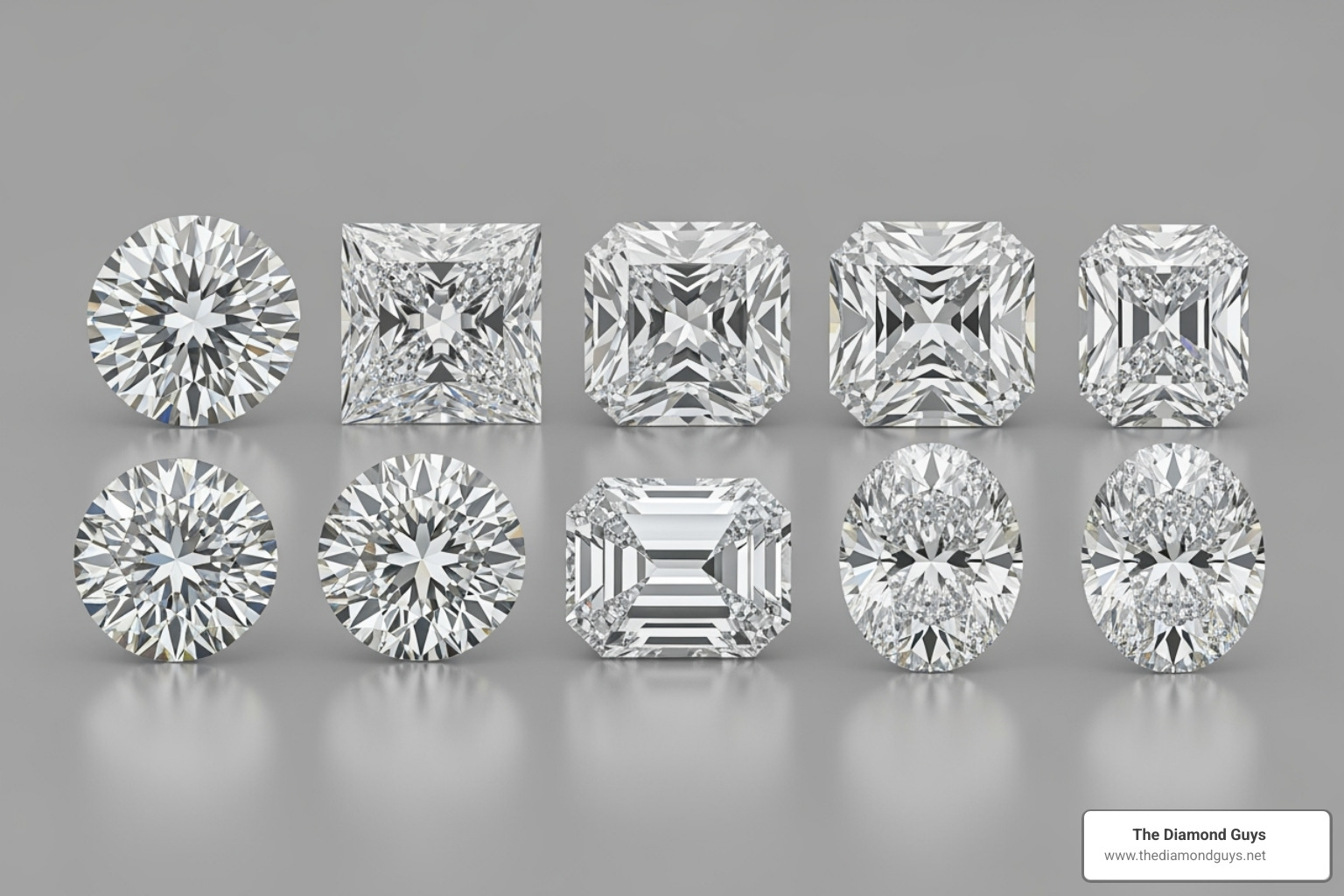
The round brilliant is the most popular shape, accounting for over half of all engagement rings. Its 58 facets are optimized for maximum sparkle.
Fancy shapes offer more distinctive looks. Ovals provide brilliant sparkle and an elongated look that can make the finger appear slimmer. Princess cuts are modern and chic with sharp corners. Cushion cuts offer a romantic, vintage feel with soft corners and large facets.
Step-cuts, like emerald and Asscher cuts, have long, parallel facets that create a "hall of mirrors" effect, emphasizing clarity and elegance. Other popular shapes include the unique pear, size-maximizing marquise, and brilliantly rectangular radiant.
An insider tip from our diamond expert advice: fancy shapes like ovals often appear larger per carat than round diamonds, giving you more visual impact for your budget.
For step-cuts, clarity is more important. Their open facets can make inclusions more visible, so we recommend VS2 or higher to ensure an eye-clean look.
Natural vs. Lab-Grown: An Ethical and Modern Choice
Today, couples can choose between natural and lab-grown diamonds. Both are real diamonds—chemically, physically, and optically identical. The difference lies in their origin story and what that means to you.
Natural diamonds formed over billions of years deep within the Earth, brought to the surface by volcanic eruptions. Each is a unique piece of geological history.
Lab-grown diamonds are created in labs that replicate the Earth's natural process. They are identical to natural diamonds and can only be distinguished with specialized equipment.
Here's a quick comparison:
| Feature | Natural Diamonds | Lab-Grown Diamonds |
|---|---|---|
| Origin | Formed deep within the Earth over billions of years | Created in a laboratory within weeks or months |
| Composition | Pure carbon, often with trace impurities | Pure carbon, often with fewer impurities |
| Chemical/Physical | Identical to lab-grown | Identical to natural |
| Rarity | Finite resource, inherently rare | Can be mass-produced, not inherently rare |
| Value | Holds historical and often appreciating value | Typically lower price point, less resale value |
| Certification | GIA, AGS, etc. for origin and quality | GIA, IGI, AGS for quality, noted as lab-grown |
| Ethical Sourcing | Requires careful tracing (Kimberley Process + beyond) | Inherently conflict-free, transparent origin |
Ethical sourcing for natural diamonds is managed by systems like the Kimberley Process. At The Diamond Guys, we ensure all our natural diamonds are responsibly sourced. Lab-grown diamonds offer guaranteed conflict-free transparency.
Price is a major factor: lab-grown diamonds typically cost 50-70% less than comparable natural diamonds. This allows you to either save significantly or get a larger stone. Our guides on lab diamonds versus real diamonds and whether lab-grown diamonds are real diamonds offer more detail. The choice is personal: some prefer the ancient rarity of natural diamonds, while others prioritize the budget and ethical certainty of lab-grown.
Understanding Diamond Fluorescence
Fluorescence is a diamond's reaction to UV light (like sunlight), where it may emit a soft glow, usually blue. The GIA grades it from None to Very Strong. About 25-35% of diamonds have some fluorescence.
For most diamonds, fluorescence has no noticeable effect on appearance. In fact, a faint to medium blue fluorescence can make a diamond with a slight yellow tint (I-M color grades) appear whiter, which is a great value.
In rare cases (less than 0.2% of fluorescent diamonds), very strong fluorescence can cause a hazy or oily appearance. Our diamond expert advice is to evaluate each stone individually. Don't be afraid of fluorescence; it can often be a neutral or even beneficial feature.
The Art of the Purchase: Settings, Certification, and Smart Buying
This section covers the final steps: choosing a setting, verifying your diamond, and ensuring you get the best value.
Finding the Perfect Frame: Diamond Settings and Metals
The setting secures your diamond and defines the ring's style. It should complement the stone, not compete with it.
- Solitaire: A timeless classic with a single diamond, allowing maximum light entry for ultimate brilliance.
- Halo: A ring of smaller diamonds surrounding the center stone, making it appear larger and adding sparkle.
- Pavé: Small diamonds set closely along the band for a continuous, shimmering surface.
- Three-Stone: Symbolizes past, present, and future with a center diamond flanked by two smaller stones.
- Bezel: A modern, secure setting where a metal rim encircles the diamond, ideal for active lifestyles.
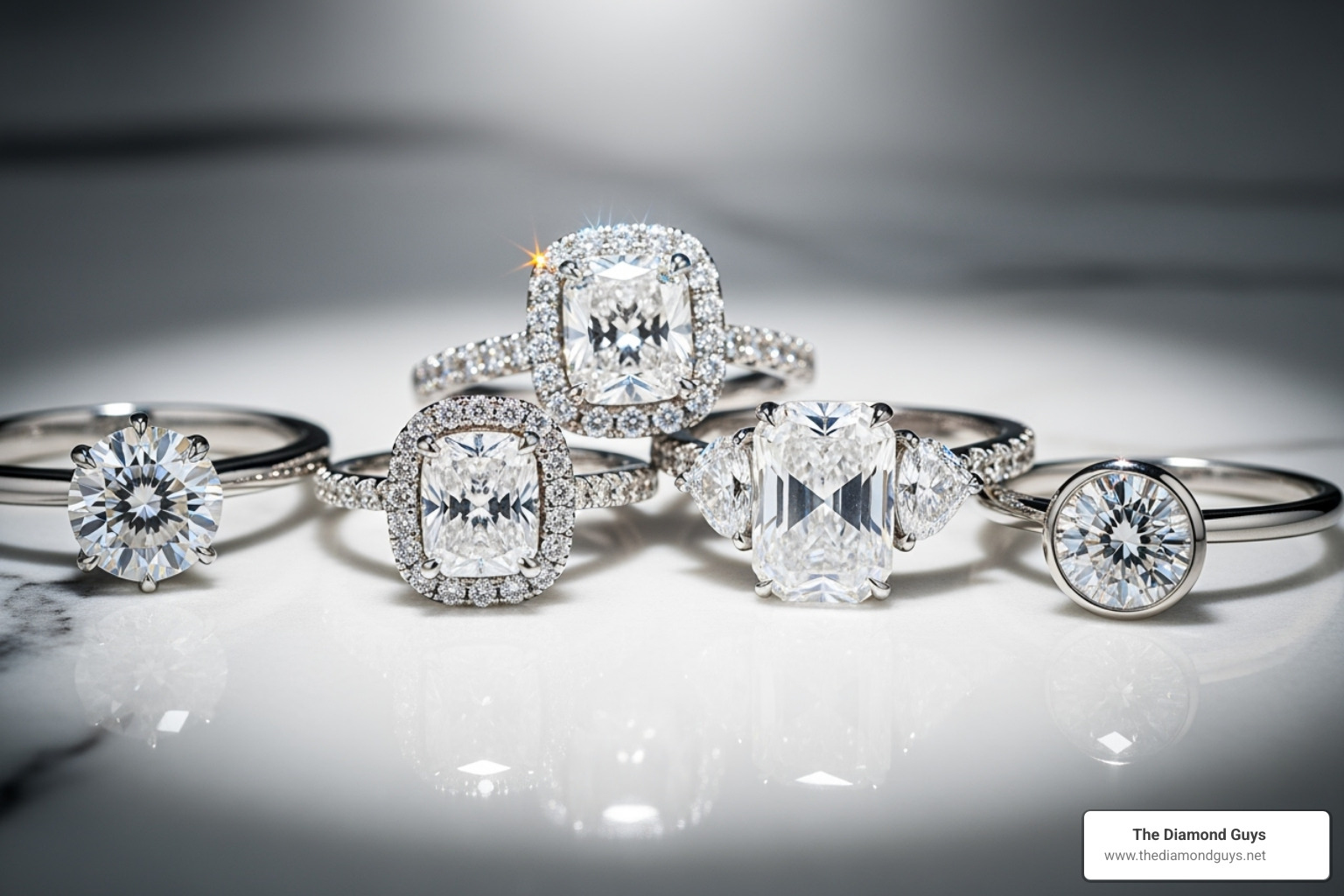
Precious metals are also key. Platinum is a durable, hypoallergenic, and naturally white choice. White gold offers a similar look at a lower price but requires periodic re-plating. Yellow gold provides a classic, warm look and can make diamonds with a slight yellow tint appear whiter. Rose gold offers a romantic, fashionable pinkish hue.
Consider the wearer's lifestyle and style when choosing. Our guide to choosing a diamond ring setting can help you decide.
The Power of Paper: Why Diamond Grading Reports Matter
A diamond grading report, or certificate, is an unbiased assessment from an independent lab. Our diamond expert advice is firm: this document is your protection and guarantee. Without it, you're buying blind.
We strongly recommend diamonds certified by the GIA (Gemological Institute of America) or AGS (American Gem Society). They are the industry gold standard for strict, consistent grading. Other labs may inflate grades, causing you to overpay.
A reliable report verifies the 4Cs, confirms authenticity (natural or lab-grown), and provides a unique identification number often laser-inscribed on the diamond. This is essential for verification, peace of mind, and insurance. A report doesn't assign monetary value but provides the objective data needed for an accurate appraisal.
Smart Buying Strategies: Our Top Diamond Expert Advice
Follow these strategies for a confident, happy purchase.
- Start with a loose diamond. This allows you to inspect the stone thoroughly and offers complete freedom for customization. Learn more in our guide to customizing your dream ring.
- Never compromise on cut. An excellent cut is your top priority for brilliance and sparkle.
- Focus on eye-cleanliness. A VS1 or VS2 clarity grade offers the best value, appearing flawless to the naked eye.
- Balance the 4Cs strategically. A slightly lower color grade (like G or H) can look just as beautiful in a white gold or platinum setting, freeing up budget for a better cut or larger carat.
- Verify certification. Only purchase GIA or AGS certified diamonds. This is non-negotiable.
- Buy just below "magic sizes." A 0.90ct diamond looks the same as a 1.00ct but costs significantly less.
- Work with a trusted jeweler. A reputable expert provides guidance, ethical sourcing, and a personalized experience. At The Diamond Guys, our 5-star rating in Scottsdale, AZ, and Los Angeles, CA, reflects our commitment to transparency and our clients' best interests.
- Understand your protections. Always check the warranty and return policy before buying.
Frequently Asked Questions about Buying Diamonds
What is the single most important 'C' when buying a diamond?
While all 4Cs are important, Cut is the most critical factor for a diamond's beauty. Cut quality determines how well a diamond reflects light, which creates its brilliance and sparkle. A diamond with an excellent cut will be stunning, even if its color or clarity grades aren't perfect. Conversely, a poorly cut diamond will look dull regardless of its other qualities.
Our diamond expert advice is to always prioritize an "Excellent" or "Ideal" cut grade. This ensures you get a visually impressive stone that truly shines.
How can I be sure I'm getting a good deal on a diamond?
Getting a good deal is about getting the best value, not the lowest price. The foundation of a good deal is reputable certification. Always insist on a GIA or AGS report to verify the diamond's quality. This prevents you from overpaying for an inflated grade from a less-reliable lab.
To get the best value, focus on what's visible to the naked eye. An "eye-clean" VS1 or VS2 clarity diamond offers the same beauty as a flawless one for much less money. Similarly, a near-colorless (G-H) diamond can look just as white as a colorless one once set. Working with a trusted expert who can guide you through these trade-offs is the best way to ensure you're making a smart investment.
Are lab-grown diamonds a good choice for an engagement ring?
Yes, absolutely. Lab-grown diamonds are an excellent choice for engagement rings. They are real diamonds—chemically, physically, and optically identical to natural diamonds. They have the same brilliance, sparkle, and durability. As we explain in Should I Buy a Lab-Grown Diamond Engagement Ring?, no one can tell the difference without specialized equipment.
The main benefits are price and ethics. Lab-grown diamonds typically cost 30-40% less than natural diamonds of similar quality, allowing you to get a larger stone for your budget. They are also guaranteed conflict-free with a transparent origin. The choice between natural and lab-grown is personal, based on whether you value geological rarity or modern technology and budget-friendliness. Our diamond expert advice is to explore both options to see what feels right for you.
Conclusion: Your Journey to the Perfect Diamond
You've made it to the end of this guide, and if you've been reading along, you now have the knowledge to approach diamond shopping with genuine confidence. What seemed overwhelming at the start—all those technical terms, grading scales, and endless options—should now feel manageable, even exciting.
The path to your perfect diamond doesn't have to be complicated. Focus on cut quality first, because no matter how impressive the other specifications look on paper, a poorly cut diamond simply won't deliver that breathtaking sparkle you're imagining. Always verify your diamond with a GIA or AGS certificate—this single step protects you from costly mistakes and ensures you're getting exactly what you're paying for.
Perfection under a microscope doesn't always translate to beauty in real life. An eye-clean VS1 or VS2 diamond looks identical to a flawless stone when worn, yet costs thousands less. That's not compromising—that's smart shopping.
Whether you choose a natural diamond formed over billions of years or a lab-grown diamond created with cutting-edge technology, the "right" choice is the one that resonates with your values, your budget, and your vision for this meaningful purchase. There's no wrong answer here, only what feels right for you and your partner.
But here's the thing we've been emphasizing throughout this entire guide: having access to diamond expert advice from someone who genuinely cares about your experience makes all the difference. The diamond industry can feel impersonal and transactional, especially when dealing with big-box retailers who rush you through decisions or online-only sellers who leave you navigating this alone.
At The Diamond Guys, we built our business on a different philosophy. With our showrooms in Scottsdale, AZ, and Los Angeles, CA, we offer something increasingly rare: a truly personalized experience where you're not just another transaction. Our 5-star rating comes from couples who appreciated our transparent approach, our commitment to ethical sourcing, and our willingness to take the time to educate and guide rather than just sell.
We specialize in custom engagement rings because we believe your ring should be as unique as your relationship. Whether you're drawn to natural diamonds or interested in exploring lab-grown options, we'll walk you through the process step by step, helping you balance the 4Cs within your budget while creating something genuinely special.
This is your invitation to start your engagement ring shopping journey with us. Come visit us, ask all your questions (even the ones you think might sound silly—they're not), and let us show you how finding the perfect diamond can be enjoyable rather than stressful. We're here to help you find not just a diamond that sparkles brilliantly, but one that tells your unique story and becomes a cherished symbol of your commitment for decades to come.


